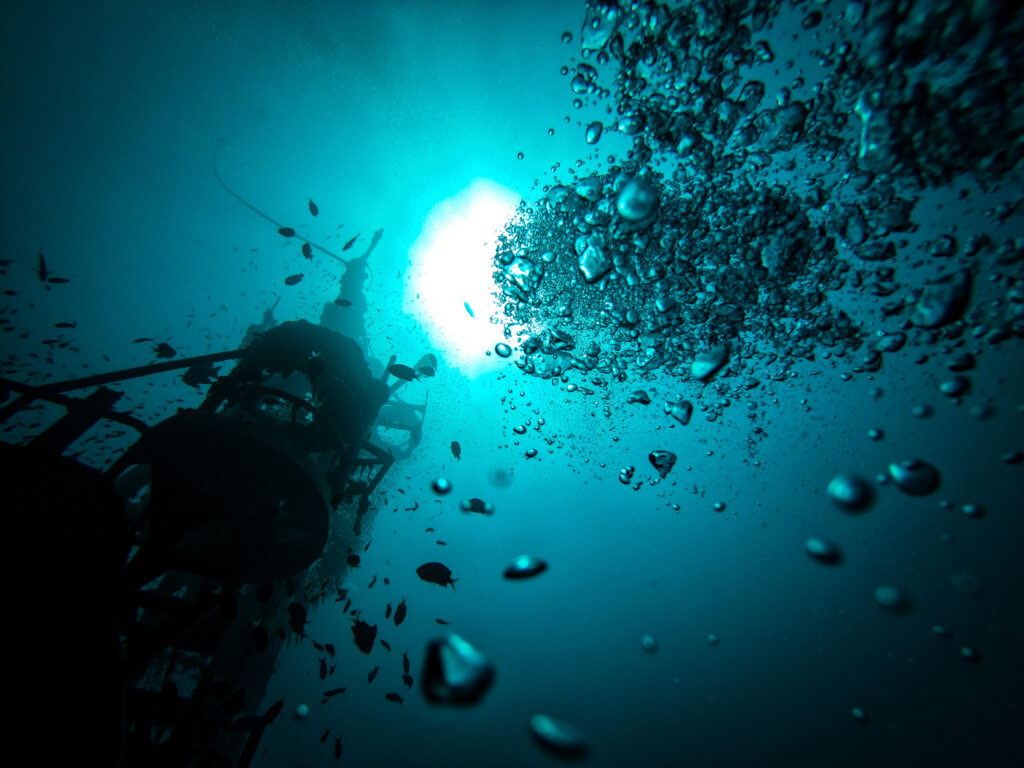What is Scientific Research in Scuba Diving, Freediving, and Snorkeling?

Scientific research in aquatic environments encompasses a wide range of methodologies and disciplines, including marine biology, oceanography, and environmental science. Within this broad spectrum, scuba diving, freediving, and snorkeling serve as vital tools for researchers. These diving methods allow scientists to observe and gather data in underwater environments that are otherwise inaccessible. This entry delves into how each diving technique contributes to scientific discoveries and conservation efforts, highlighting their unique advantages and the specific methodologies employed.
What is Shallow Water Blackout?

Shallow water blackout is a sudden loss of consciousness that can occur among breath-hold divers, particularly in freediving.
What is Vasoconstriction?

Vasoconstriction is the process by which blood vessels narrow due to the contraction of muscular walls in the vessels, primarily small arteries and arterioles. This biological phenomenon is significant in regulating blood flow and blood pressure throughout the body. For scuba divers, understanding vasoconstriction is crucial because it directly impacts how their bodies react to the underwater environment, including the cold temperatures and increased pressure that are often encountered during a dive.
What is Freediving?

Freediving, also known as breath-hold diving or apnea, is an underwater activity that involves diving without the aid of scuba equipment or artificial breathing apparatus.
What is Open Water Diving?

Open water diving is a fundamental form of recreational scuba diving, characterized by diving in natural bodies of water such as oceans, seas, and lakes. Unlike confined water diving, which takes place in controlled environments like swimming pools, open water diving offers divers the opportunity to experience the vastness and diversity of underwater ecosystems. This type of diving typically involves greater depths and more variable conditions, making it both a thrilling and challenging pursuit for enthusiasts of all levels. The concept of open water diving is integral to the sport, providing the foundation for various specialized diving activities and advanced certifications.
What is Samba in Scuba Diving?

Samba, in the context of scuba diving, refers to an involuntary muscle spasm or twitching that occurs as a warning sign of impending hypoxia or loss of consciousness underwater. This condition is crucial for divers to recognize because it serves as a precursor to more serious and potentially life-threatening situations such as blackouts. Understanding samba and its implications can significantly enhance diver safety and preparedness, ensuring that appropriate actions are taken promptly to mitigate risks. While samba is less commonly discussed than other diving conditions, its impact on diver health and safety is equally important.
What is Recreational Scuba Diving?

Recreational scuba diving is a popular underwater activity enjoyed by millions of people around the world. It allows individuals to experience the underwater environment firsthand, encountering marine life and underwater landscapes that are typically inaccessible. Unlike commercial or military diving, which focuses on tasks such as underwater construction or defense, recreational scuba diving is primarily for enjoyment and adventure. It involves using a self-contained underwater breathing apparatus (scuba) to breathe underwater, enabling divers to spend extended periods submerged. This activity has grown significantly in popularity due to its appeal to adventurers and nature enthusiasts alike.
What is Spearo?

What is Spearo? “Spearo,” a term of endearment in the world of diving, refers to an individual who engages in breath-hold spearfishing. Hailing from the word “spearfisher,” the term “Spearo” has been adopted into the lexicon of underwater sports, reflecting the passion, skill, and community of those involved in this ancient practice of gathering food, […]
What is Skandalopetra Diving?

What is Skandalopetra Diving? The term ‘Skandalopetra’ refers to a specific technique within the discipline of free-diving, a method of underwater exploration that eschews the use of breathing apparatus. At its core is a uniquely shaped stone, typically crafted from marble or granite, with a weight ranging between 8 and 14 kilograms (17 to 30 […]
What is Breath-Hold Diving?

Breath-hold diving, also known as freediving or apnea diving, is the practice of diving underwater without the use of a life support apparatus, such as scuba gear. Instead, divers rely solely on their ability to hold their breath while submerged. This ancient form of diving has been practiced for millennia by various cultures around the world, both for recreational and professional purposes.
